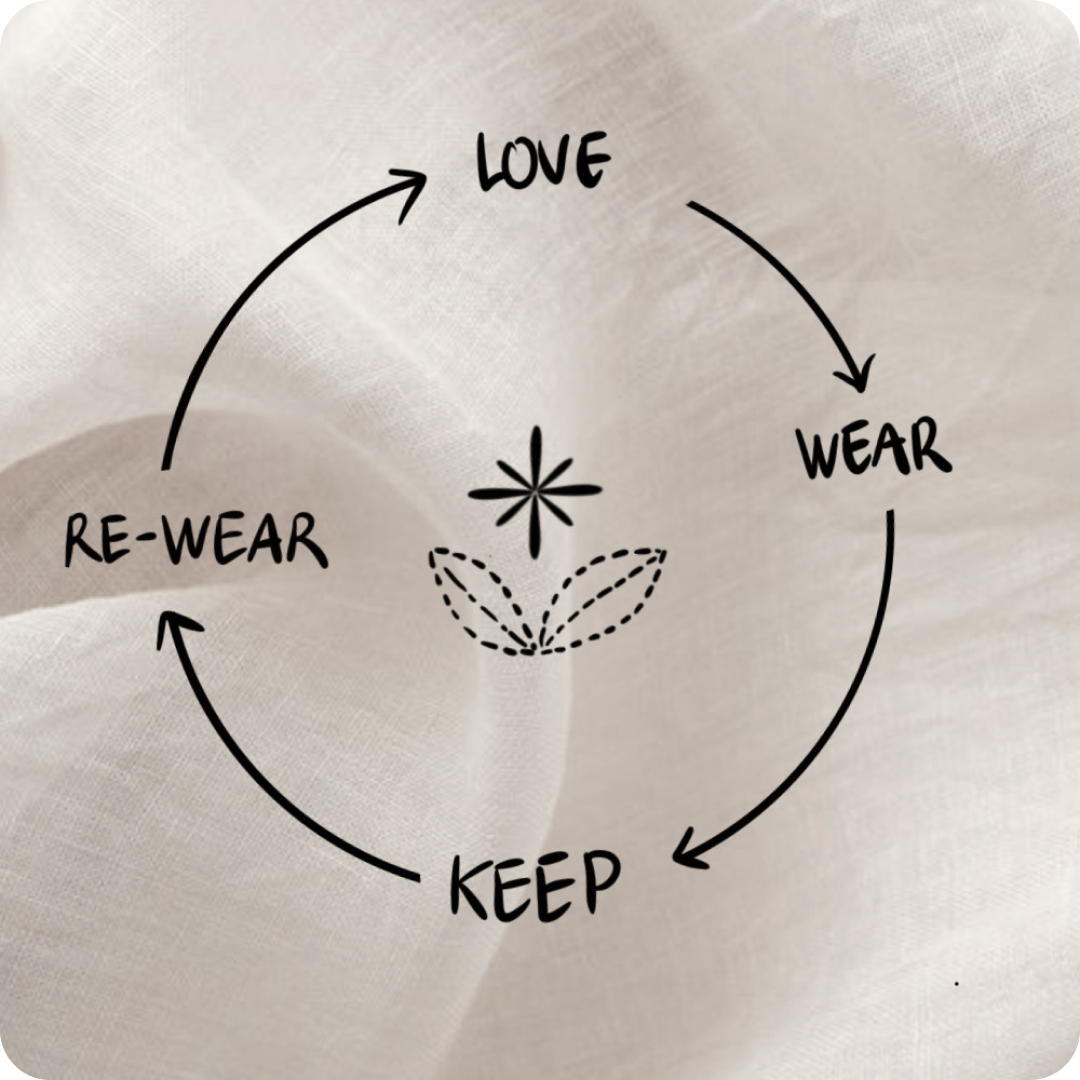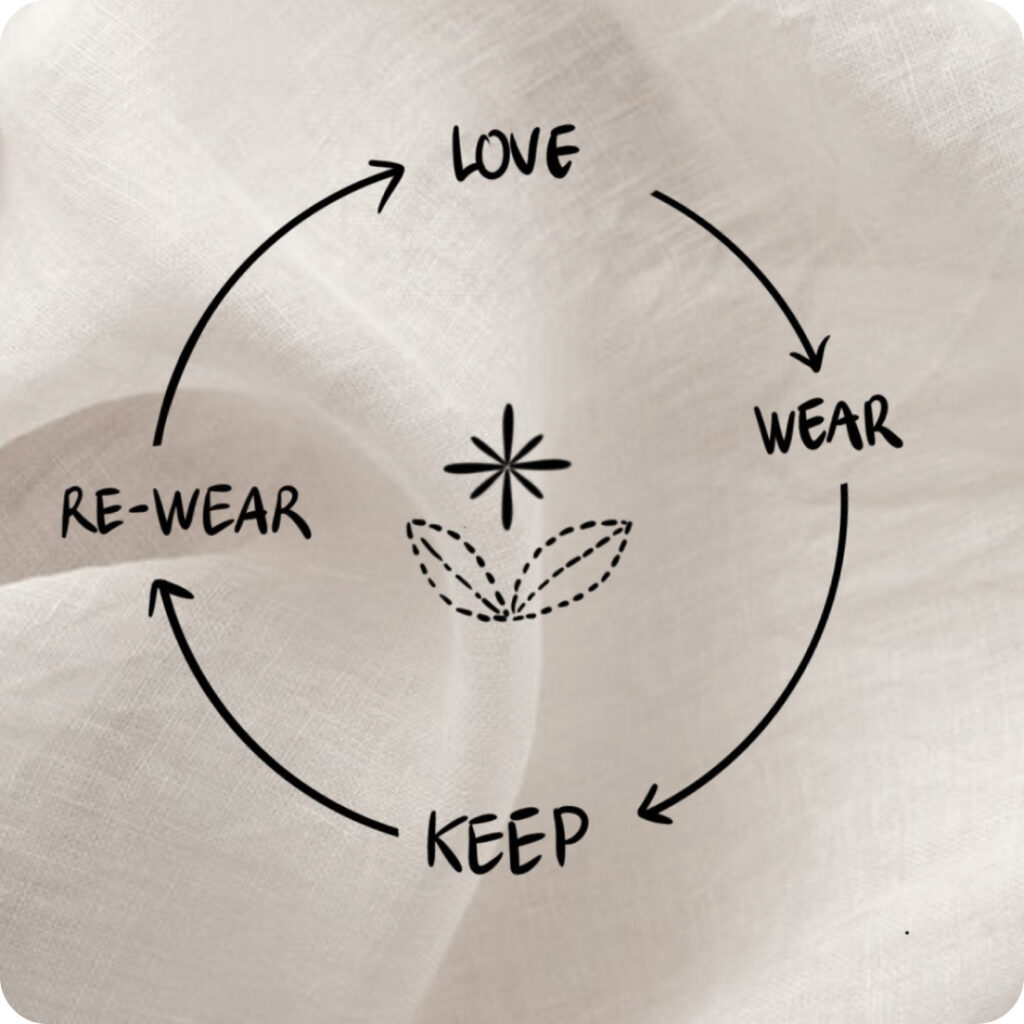Fast Fashion’s Dire Environmental Impact
The Environmental Price of Fast Fashion
In an era teeming with trends that flicker and fade with the speed of social media scrolls, the term “fast fashion” has become synonymous with style democracy, enabling the masses to access affordable versions of runway looks with unprecedented quickness. However, this democratization comes at a hefty cost to the environment and raises serious ethical questions.
The Unsustainable Pace of Production
Fast fashion brands deliver new styles at a breakneck pace to meet consumer demand, which leads to constant overproduction. This cycle contributes to massive waste as unsold articles are discarded to make way for the latest collections.
Water Wastage and Pollution
The manufacturing of fashion clothes uses vast amounts of water, turning precious resources into pollutants through dyeing and finishing processes that release toxic chemicals back into water systems. These substances jeopardize marine ecosystems, affect water quality, and disrupt the lives of communities reliant on these water bodies.
Fast fashion clothing production pollutes the water environment. (Internet source)
Greenhouse Gas Emissions
Fashion production is a significant contributor to the mounting crisis of greenhouse gas emissions. Synthetic fibers like polyester, commonly used in fashion and clothing, are made from fossil fuels, and their production emits harmful gases that exacerbate global warming.
A Mountain of Waste
A forgotten facet of fast fashion’s environmental impact is the shocking accumulation of textile waste. Consumer culture, fostered by the quick turnover in fast fashion, has normalized the disposable nature of fashion clothes, with a minuscule percentage being recycled. Consequently, landfills burgeon with non-biodegradable garments, releasing toxins as they slowly degrade.
Biodiversity Loss
The land required to grow cotton, one of the fashion industry’s primary natural fibers, often leads to habitat destruction and loss of biodiversity. In addition, the heavy use of pesticides in cotton farming has dire impacts on soil health, water systems, and local wildlife.
Chemical Footprint
Carbon Footprint of Logistics
The global nature of the fashion industry involves intricate supply chains that stretch across continents. The reliance on air and sea freight for the transportation of fashion garments generates a substantial carbon footprint, intensifying the fashion industry’s impact on climate change.
Exploitative Practices and Human Rights Concerns
Push for Sustainable and Ethical Practices
As awareness of these consequences grows, a push for sustainable and ethical practices—including the advent of “green fashion”—is gaining momentum. Green fashion encompasses eco-friendly design, production, and distribution practices that aim to mitigate the industry’s environmental footprint while also ensuring fair labor standards.
The Call for Consumer Accountability
Conclusion: Redefining the Fashion Paradigm
The real cost of fast fashion lies beneath its glittery surface, in the form of environmental degradation and human suffering. By redefining the current fashion paradigm to one that embraces sustainability and social responsibility, the fashion industry can transform into a force for positive change. The pathway to a greener fashion future is challenging but crucial—for the sake of our planet and the generations to come.



















